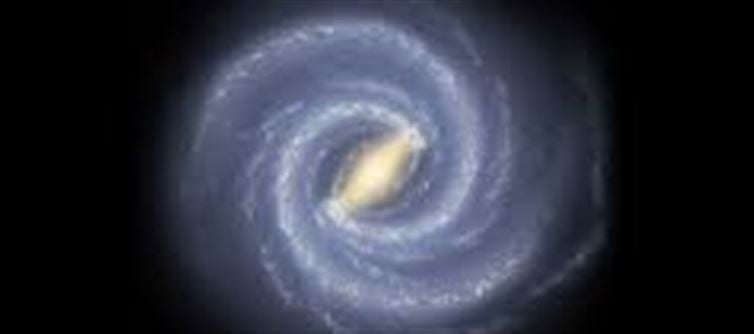
A groundbreaking discovery by astronomers at the Australian National university (ANU) has the potential to change everything we know about the formation of our galaxy, the Milky Way. The team has uncovered binary stars in the outer regions of the globular cluster 47 Tucanae, one of the most well-studied clusters in the universe. This world-first achievement could offer critical insights into how galaxies, including our own, came to life billions of years ago.
1. A Game-Changing Discovery in 47 Tucanae
In a stunning leap forward, astronomers have found binary star systems—two stars orbiting each other—located at the outer edges of 47 Tucanae, a massive globular cluster about 13 billion years old. This marks the first time such a discovery has been made in the outer regions of a cluster, and it could provide key clues about the early stages of our galaxy’s formation.
2. What Are Binary Stars and Why Do They Matter?
Binary stars are systems where two stars are gravitationally bound to one another, orbiting a shared center of mass. Studying these systems is crucial because they can help scientists understand stellar evolution and the conditions that led to the birth of galaxies like the Milky Way. The discovery of binary stars in the outer regions of a globular cluster could indicate that these stars were formed from the same material as other stars in the early universe, offering a glimpse into how galaxies were built.
3. 47 Tucanae: A Key to Understanding the Milky Way’s Origins
Globular clusters like 47 Tucanae are among the oldest structures in the universe, formed shortly after the Big Bang. Their study is essential because they preserve some of the earliest stellar populations, acting as “time capsules” that can reveal the conditions of the early universe. By examining binary stars in this cluster, astronomers can gain insights into the processes that led to the formation of the Milky Way, our home galaxy, and possibly other galaxies as well.
4. How the Discovery Could Reshape Galactic History
The binary star systems found in 47 Tucanae could help astronomers piece together the formation timeline of the Milky Way. The existence of these stars in the outer reaches of the cluster suggests that the material needed to form stars was more widely distributed than previously thought. This could indicate that galaxies like ours might have formed through a combination of smaller star clusters coming together over time, rather than a singular, centralized event.
5. The Role of Advanced technology in the Discovery
This world-first achievement was made possible by cutting-edge technology and advanced telescopes, which allowed astronomers to study distant star systems in unprecedented detail. The use of high-resolution imaging and sophisticated data analysis has enabled scientists to observe these binary star systems with incredible accuracy, further proving the importance of technological innovation in advancing our understanding of the cosmos.
6. A Peek Into the Future of Galactic Research
With this breakthrough, scientists are now more equipped than ever to explore the mysteries of galaxy formation. The findings from 47 Tucanae open the door for further research into the dynamics of other globular clusters and their role in shaping galaxies. In the future, researchers hope to expand their studies to other clusters, looking for more binary star systems and using their findings to build a comprehensive picture of how the Milky Way and other galaxies came into existence.
7. Implications for the Origin of Life in the Milky Way
Beyond simply understanding how the Milky Way formed, this discovery could have broader implications for our understanding of life in the galaxy. If the materials needed for star formation were more widely distributed in the early universe, it could suggest that life-supporting elements may have been scattered across a broader region, increasing the likelihood of finding life elsewhere in the galaxy.
In conclusion, the discovery of binary stars in the outer regions of 47 Tucanae is a monumental step forward in galactic research. It not only sheds light on the formation of our Milky Way but also offers a unique opportunity to explore the early conditions of the universe. As astronomers continue to study these star systems, we may be on the cusp of understanding how galaxies like our own came into existence and, perhaps, how life itself began in the vast expanse of space.
Disclaimer:
The views and opinions expressed in this article are those of the author and do not necessarily reflect the official policy or position of any agency, organization, employer, or company. All information provided is for general informational purposes only. While every effort has been made to ensure accuracy, we make no representations or warranties of any kind, express or implied, about the completeness, reliability, or suitability of the information contained herein. Readers are advised to verify facts and seek professional advice where necessary. Any reliance placed on such information is strictly at the reader’s own risk..jpg)




 click and follow Indiaherald WhatsApp channel
click and follow Indiaherald WhatsApp channel